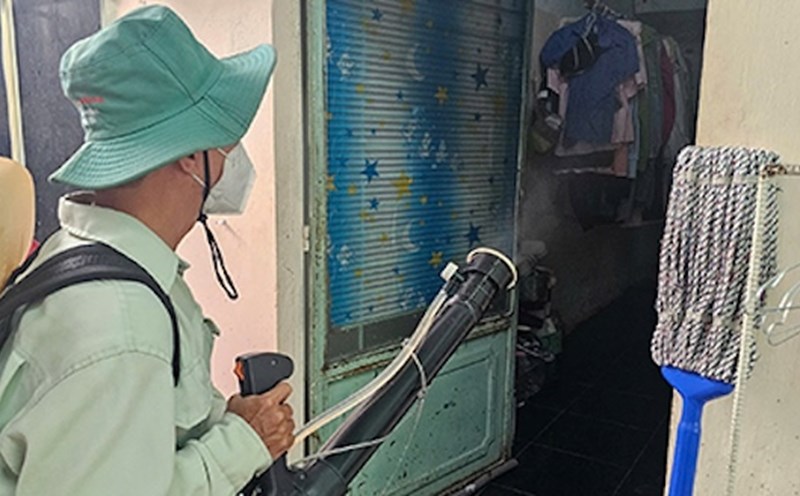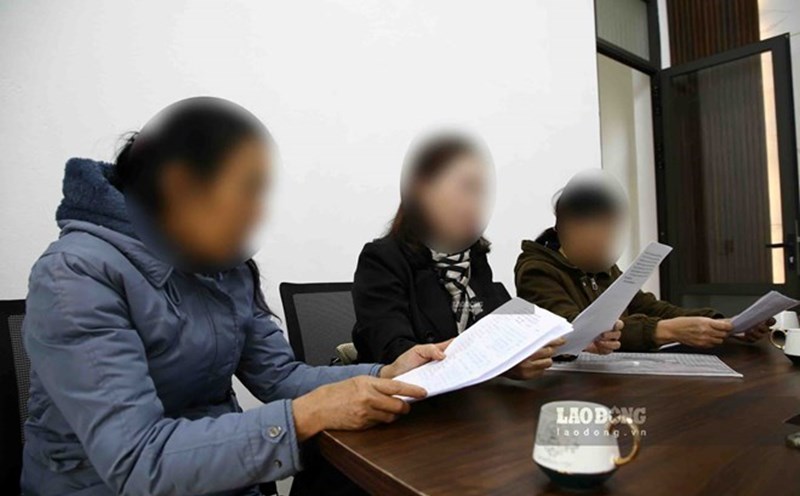BSCKII Nguyen Tran Nam - Deputy Director of the City Children's Hospital said that Chikungunya originates from South American and Central American countries and has now appeared in many Asian countries. "The disease is transmitted through Aedes mosquitoes, showing symptoms quite similar to dengue fever such as fever, fatigue, rash of rashes. However, the characteristic is severe joint pain, symmetrical in both arms and legs, which can last for many weeks after the fever is gone, Dr. Nam emphasized.
The important difference between these two diseases is: dengue fever can lead to shock, severe bleeding, and even death, while Chikungunya often does not cause dangerous complications. However, the disease spreads rapidly in the community through mosquitoes.
The current epidemic situation in Ho Chi Minh City shows that the number of dengue fever cases has increased rapidly compared to the same period, along with the risk of Chikungunya outbreak. Due to the uncommon testing for Chikungunya, parents should take their children to a medical facility with fever from the third day onwards for diagnosis and monitoring, Dr. Nam recommended.
Regarding treatment, there is currently no specific medicine for Chikungunya, mainly treating fever reduction, pain relief, hydration and proper nutrition. For dengue fever, electrolyte replenishment is even more important because the disease can easily cause fluid loss in the blood vessels.
To prevent the disease, Dr. Nam emphasized: Kill mosquitoes and kill mosquito larvae is still a key measure. In addition to cleaning the home, parents need to pay attention to the surrounding area, schools, and children's playgrounds. In addition, children should wear brightly colored clothes and use mosquito repellent when necessary.
There is currently a vaccine against dengue fever but there is no vaccine against Chikungunya. Therefore, early recognition of symptoms and proactive prevention of mosquito bites is the most effective way to protect children.








